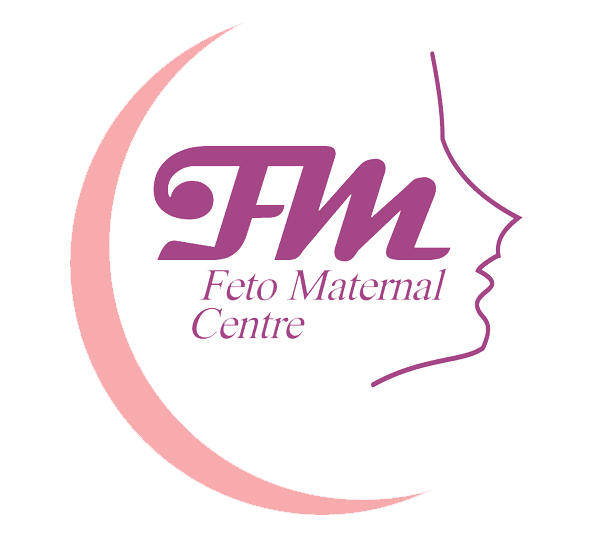Assisted Hatching
Assisted hatching is a laboratory procedure that is sometimes done along with in vitro fertilization (IVF) treatment. IVF involves mixing eggs with sperm in a laboratory (as opposed to within a woman’s body like in natural conception). Eggs are considered fertilised when a sperm succeeds in penetrating the egg. During IVF, the fertilised eggs are monitored for 3 to 6 days as they divide and develop into embryos. The best embryo can then be placed into the woman’s uterus (embryo transfer) in the hopes of helping her become pregnant, or it can be frozen for future use.
While the embryo develops, it is surrounded by cells that make up a protective shell (zona pellucida). The embryo naturally breaks out of this shell as it grows. Occasionally, the doctor may ask the laboratory to make a small “crack” in the outer shell of the embryo right before it is placed into the woman’s body (assisted hatching). The hope is that assisted hatching might help the embryo expand, implant into the uterine wall, and finally lead to a pregnancy.
How is assisted hatching done?
During assisted hatching, the outer shell of the embryo is artificially weakened by making a small hole in the zona pellucida. This can be done in several different ways. One method involves the application of an acid solution, called Tyrode’s solution, to help melt a small hole in the shell. Another method involves the use of a laser to “crack” the shell.
Can assisted hatching cause problems with my embryo or pregnancy?
Rarely, assisted hatching can damage the embryo, making it unusable. The risk for identical twins might be slightly increased when assisted hatching is applied. Medical complications are higher in identical twin pregnancies than in normal, singleton pregnancies.
Medicines such as antibiotics and steroid hormones are sometimes prescribed around the day of the assisted hatching and embryo transfer. Uncommonly, side effects can occur from the use of these medications.
Will I benefit from assisted hatching?
We do not recommend the use of assisted hatching in all patients undergoing IVF treatments to conceive. Studies suggest that assisted hatching might help improve pregnancy chances for certain groups of patients. Assisted hatching may help improve pregnancy chances in women who have failed to get pregnant in previous IVF cycles and those with a poor prognosis (who are not likely to conceive).
Also clinics use AH for patients of advanced maternal age, smokers, or patients with a raised FSH, or when transferring embryos that have been cryopreserved.
Are there other reasons to do assisted hatching?
If preimplantation genetic diagnosis (PGD) is planned, assisted hatching of embryos on the third day after fertilization can make a biopsy for PGD easier. During a biopsy, a small amount of tissue is taken from the outer cells of the embryo (trophectoderm) around the fifth day after fertilization (blastocyst stage). It is easier to see the trophectoderm and remove the cells in a hatching embryo.
Technology of puncturing the embryo wall using a laser
In vitro fertilization is the placement of prepared sperm and combining them with the eggs collected in a specific laboratory dish in a laboratory environment where the eggs are fertilized.
Does the fetal wall puncture technique cause problems for the growth of the fetus or the occurrence of pregnancy?
The fetal wall puncture technique rarely causes harm to the development of the fetus, but there is an increased risk
Is there any benefit from the technique of puncturing the embryo wall?
We do not recommend performing fetal wall puncture in all cases of IVF, as studies have shown that this technique improves the rate of pregnancy in certain patients. Puncturing the embryo wall increases the incidence of pregnancy for patients who suffer from previous failures, and the embryo puncturing technique is used for patients of advanced age, smokers, in addition to when returning frozen, thawed embryos.
